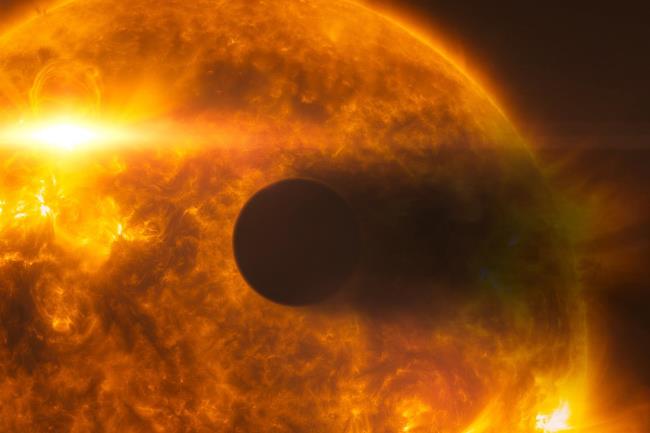
Abstract:
A majority of the extrasolar planets discovered by transit surveys reside surprisingly close to their host stars, and their atmospheres are so intensely irradiated that they can escape altogether. This critical evolutionary process may play a key role in clearing out the Neptune desert (a dearth of Neptune-mass planets on orbits shorter than five days) . However, photoevaporation efficiencies are observationally unconstrained, so other processes like high-eccentricity migration remain plausible explanations. The recent discovery of the planetary metastable helium line, which probes tenuous gas near the wind-launching radius, allows us to place some of the first observational constraints on photoevaporation. In this talk, I will first discuss a novel narrowband photometric technique for studying atmospheric outflows using the Wide-field InfraRed Camera (WIRC) at Palomar Observatory. I will then mention some initial results from our survey of atmospheric escape in gas giant planets as well as in the young V1298 Tau system. I will also discuss how energetic considerations can greatly improve mass-loss inference from helium observations. Finally, I will propose some future directions for atmospheric escape studies.
Speaker: Dr. Shreyas Vissapragada, Caltech.

Speaker bio:
Shreyas Vissapragada is a fifth-year PhD Candidate in the Planetary Science department at Caltech. He is a PD Soros Fellow and an NSF Graduate Research Fellow working with Professor Heather Knutson. He observes signatures of atmospheric escape in extrasolar planets, and
he has also worked on observations of exoplanetary orbital dynamics and models of chemistry in protoplanetary disks. He is also deeply interested in public outreach and science communication.
Host: Tony Jia, ELSI.
Date: Fri, 15 Oct 15, 10:30-11:30 JST
Venue: Online
